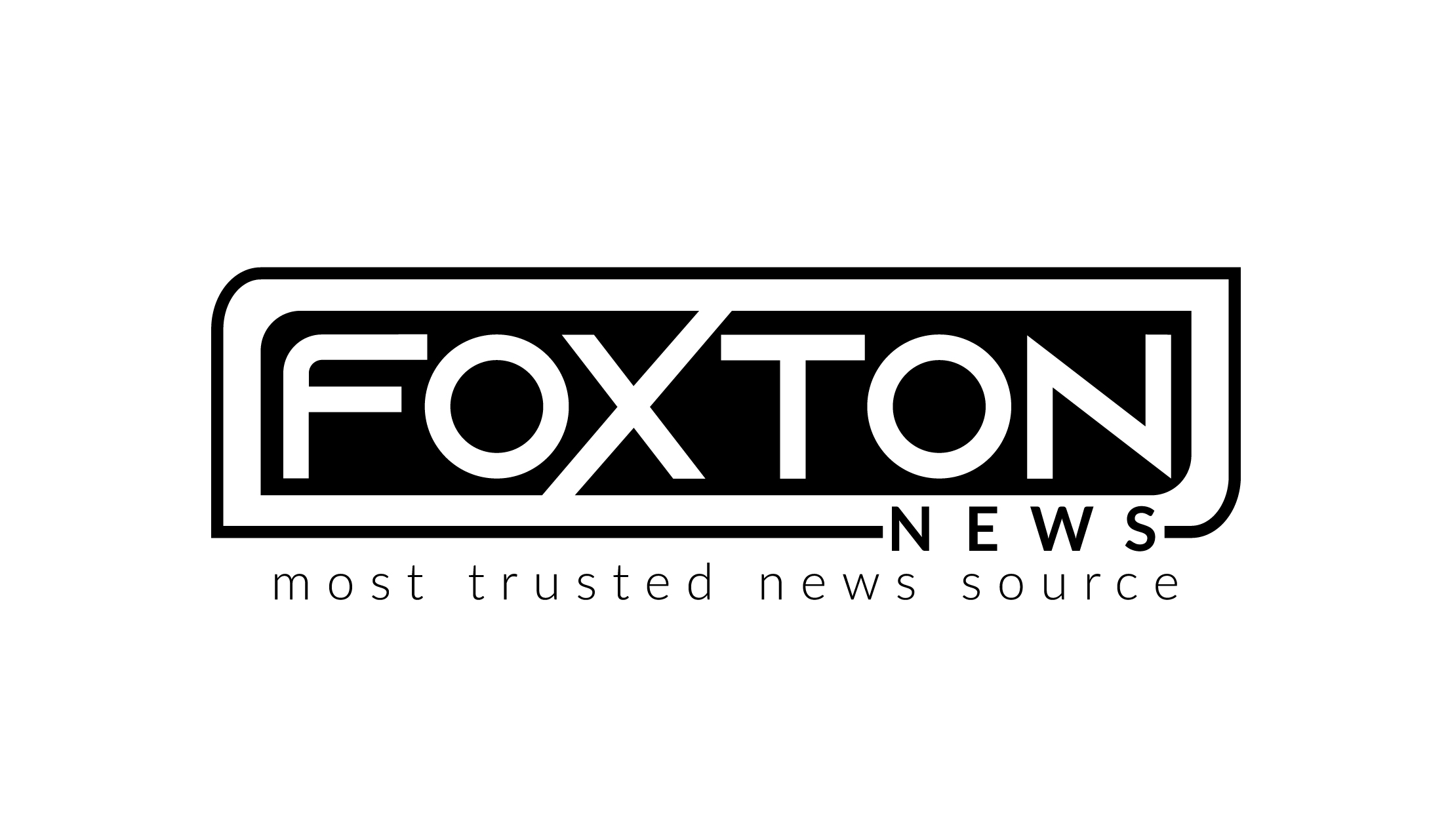Inflation Update: September Figures Reflect Stability
Inflation saw a slight increase in September, edging closer to the Federal Reserve’s target, according to a report released by the Commerce Department on Thursday. This update offers a snapshot of the current economic landscape as the Fed navigates its monetary policy.
Monthly Inflation Figures
The personal consumption expenditures (PCE) price index indicated a seasonally adjusted increase of 0.2% for the month of September. The 12-month inflation rate now stands at 2.1%, aligning with Dow Jones estimates. The Federal Reserve primarily uses the PCE reading as its key inflation gauge, although it also monitors a range of other economic indicators.
Targeting 2% Inflation
Fed officials aim for an annual inflation rate of 2%, a target that has remained elusive since February 2021. Notably, the headline inflation rate in September decreased by 0.2 percentage points compared to August, suggesting progress toward the Fed’s goal.
Core Inflation Insights
While the headline number points to a positive trend, the core inflation rate—excluding food and energy—rose to 2.7%. This core measure increased by 0.3% on a monthly basis, which was 0.1 percentage point higher than forecasts but consistent with the rate seen in August.
Price Trends: Services vs. Goods
The inflation dynamics leaned toward services, which saw a 0.3% increase in prices. In contrast, prices for goods fell by 0.1%, marking the fourth instance of outright deflation in this category over the past five months. Additionally, housing prices moderated, rising by 0.3%, while energy goods and services dropped by 2%.
Market Reactions and Fed Speculation
This inflation report comes as markets anticipate that the Fed will lower its benchmark short-term borrowing rate during its upcoming meeting. In September, the central bank made an unprecedented move, cutting the rate by half a percentage point during an economic expansion.
Policymakers’ Perspectives
Fed officials have expressed optimism that inflation is trending back toward the 2% target. However, they also voiced concerns about the labor market’s condition, despite many indicators pointing to ongoing hiring and low layoffs. A separate report released on Thursday further reinforced the notion that companies are retaining their workforce.
Unemployment Benefits: A Positive Sign
Initial filings for unemployment benefits totaled 216,000 for the week ending October 26, representing a decrease of 12,000 from the previous week’s upwardly revised level. This figure also fell below the forecast of 230,000, suggesting stability in the job market.
Income and Spending Resilience
Despite inflation concerns, the Commerce Department’s report highlighted that both income and consumer spending remained resilient in September. Personal income rose by 0.3%, slightly exceeding August’s figures and aligning with expectations. Meanwhile, consumer spending increased by 0.5%, surpassing projections by 0.1 percentage point.
Personal Saving Rate Update
However, the personal saving rate dipped to 4.6%, marking its lowest level of the year. This decline raises questions about consumer behavior and long-term financial health amid rising prices.
Employment Cost Index Insights
In a further data point on Thursday, the Bureau of Labor Statistics reported that the employment cost index increased by 0.8% in the third quarter. This figure was 0.1 percentage point below forecast, indicating slight wage pressures. On an annual basis, the index—which measures wages, salaries, and benefits—rose by 3.9%, in contrast to a 2.4% increase in the consumer price index.
Navigating Economic Challenges
Overall, the September inflation figures present a mixed but cautiously optimistic view of the economy. As the Fed prepares for its upcoming meeting, these data points will play a crucial role in shaping its policy decisions. The balance between managing inflation and supporting economic growth remains a key focus for policymakers in the coming months.

